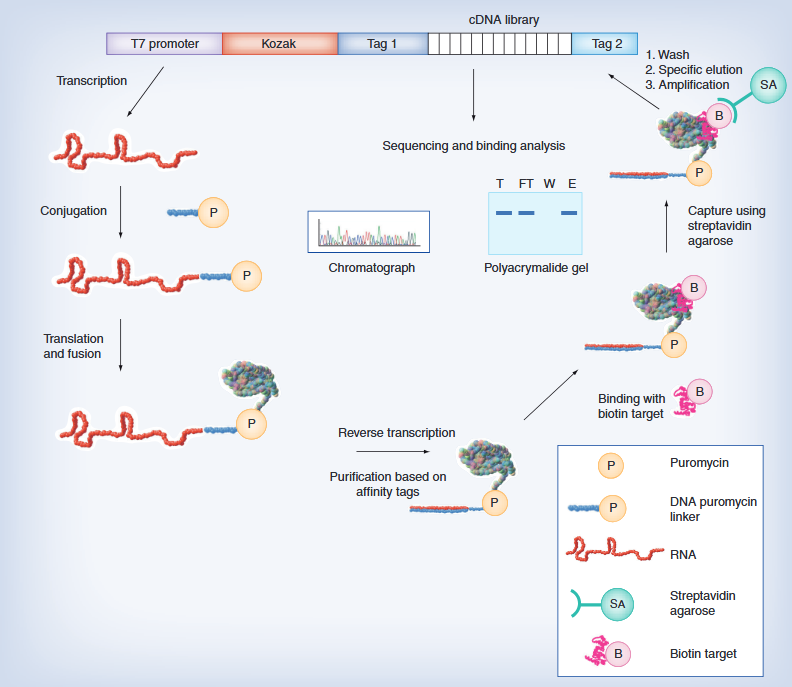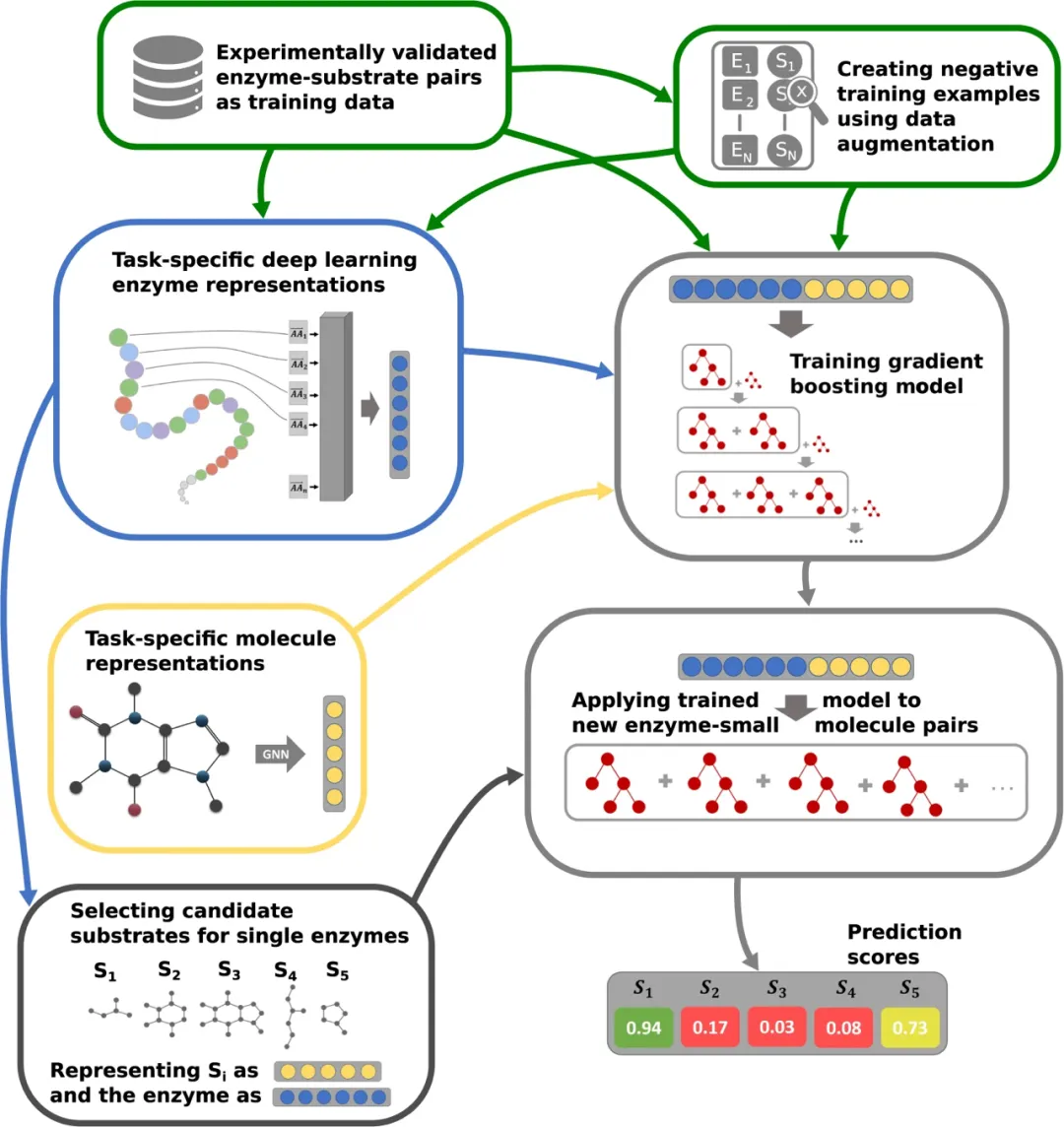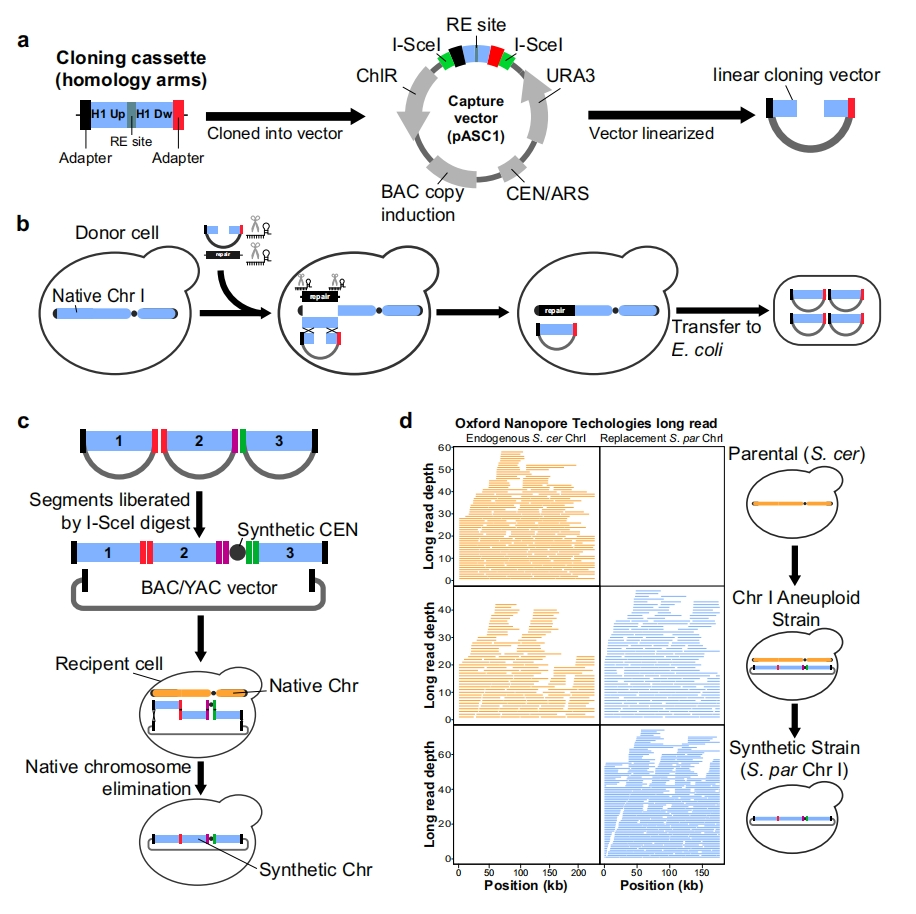Abstract
Hydrogen sulfide (H2S) is a gaseous microbial metabolite, and its role in intestinal diseases is highly controversial. This is mainly due to the difficulty of accurately measuring H2S and the use of model systems that cannot accurately represent the human intestinal environment for research. In this paper, the engineered Escherichia coli designed by the author can play a role in supporting the co cultivation of microorganisms and host cells in the gut microbiota (chip) by titrating hydrogen sulfide throughout the entire physiological range. The chip is capable of real-time observation of co culture using confocal microscopy. The engineered bacteria are colonized on the chip and maintain metabolic activity for 2 days. During this period, they produce a 16 fold change in H2S concentration and induce host gene expression and metabolic changes in a H2S concentration dependent manner. This study provides a platform for exploring microbial host cell interactions and potential mechanisms, providing an alternative platform for studying experiments that cannot be achieved in animal in vitro models.
Content
1. Characterization of GMPS (gut microbiological system) chips
The chip is obtained by laser cutting and layer by layer assembly (Figure 1A). A uniform Caco-2 epithelial monolayer fills the entire chip (Figure 1B). Immunofluorescence staining of protein (ZO-1) and Hoechst staining confirmed that Caco-2 is tightly connected to the chip (Figure 1C). This type of GMPS has stable gas tension, allowing for the study of hydrogen sulfide on host epithelial cells. The outflow medium can be used for metabolic analysis on chips and quantification of single-layer permeability. GMPS can easily enter the cell culture channel, enabling the extraction of RNA from host cells (Figure 1E).

Figure 1. Characterization and synthetic biology strategy of GMPS. (A) Decomposition diagram of GMPS; (B) Full channel images of Caco-2 cell connections in GMPS; (C) After 10 days of GMPS cultivation, Caco-2 cells were immunofluorescence stained with ZO-1 (red) and Hoechst (cyan); (D) Diagram of strain construction and different gene expression boxes for controlling hydrogen sulfide titration; (E) Schematic diagram and analysis objectives of co cultivation of GMPS and engineering microorganisms.
2. Construction of engineering strains and hydrogen sulfide production
Wild type Escherichia coli MG1655 has multiple cysteine desulfurization enzyme genes, producing 70 ± 41 mM and 1719 ± 97 mM of hydrogen sulfide in non growing and growing media, respectively (Figure 2A and 2B). Due to hydrogen sulfide levels in the intestine ranging from 300 to 3400 mM. In order to achieve a baseline hydrogen sulfide production of 300 mM, the authors removed the desulfurization enzymes sseA (also known as mstA) and malY from Escherichia coli, as well as the transcription factor decR (also known as ybaO). Then the ability to produce hydrogen sulfide was tested. Among them, the decR mutant reduced the background hydrogen sulfide level to 257 ± 50 mM; The sseA and malY strains did not show a decrease in hydrogen sulfide (Figure 2A and 2B). Due to the hydrogen sulfide produced by the decR mutant approaching 300 mm, the decR mutant was selected as the substrate strain for subsequent engineering. In order to develop strains that can produce higher levels of hydrogen sulfide in a controllable manner, the authors assembled plasmid libraries containing various cysteine desulfurization enzymes under the control of different promoters (Figure 1D), and then transformed them into chassis strains. In order to improve the production of hydrogen sulfide, the authors explored the overexpression of decR and its regulatory genes (transporter yhaO and desulfurization enzyme yhaM), as well as further upregulation of gene expression using the bacteriophage T7 promoter (Figure 2C). Among them, the co expression of yhaO and yhaM produced the highest level of H2S, with a production amount of 3707 ± 214 mM. At this point, the H2S produced by these strains is within the entire physiological range of the intestine (blue shaded area in Figure 2C).

Figure 2. Engineering bacteria produce hydrogen sulfide across the physiological range of the intestine in the tube. (A) Comparison of WT E. coli MG1655 in PBS (non growth medium); (B) Compare in M9 minimum culture medium (growth medium); (C) Engineering strains tested in PBS (non growth medium). The blue shaded area represents the estimated physiological range of the intestine (300-3400 mM hydrogen sulfide).
3. Engineering bacteria titrate H2S levels on GMPS chips
Next, the engineering strains will be inoculated into the GMPS chip and their performance and hydrogen sulfide production will be tested in a simulated intestinal environment (Figure 3A). GMPS has a constant perfusion and shear force, which may affect the gene expression and activity of microorganisms. Therefore, the control group was not inoculated with engineering bacteria, only 5 mM cysteine, 250 mM IPTG, and chloramphenicol, confirming that Caco-2 cells cannot convert cysteine to significant levels of hydrogen sulfide. Subsequently, low sulfide strains were generated in a range of 3.5 times (74-262 mM hydrogen sulfide) by inducing different concentrations of IPTG from 0, 2.5, and 250 mM (Figure 3B). These strains allow for high control over the lower range of hydrogen sulfide levels in the chip, enabling investigation of how minor changes in hydrogen sulfide levels affect host cells. In order to reach the upper limit of the intestinal physiological range, high hydrogen sulfide strains (T7 yhaM+Bad yhaO) were inoculated onto the chip. Unlike the precise regulation of hydrogen sulfide by low sulfide strains, high sulfide strains maximize the production of hydrogen sulfide on the chip, producing 1216 mM of hydrogen sulfide (Figure 3C).

Figure 3. Engineering bacteria can control the titration of hydrogen sulfide in GMPS. (A) Schematic diagram of experimental principle; (B) Low sulfur strains on the chip induced by IPTG produce H2S; (C) The highest hydrogen sulfide production of all strains tested on the chip is shown in the upper part of the chart. The lower part of the chart shows the detected hydrogen sulfide in the base channel in each case.
4. Engineering bacteria with metabolic activity colonized on GMPS for 2 days
Stable hydrogen sulfide production and visible growth of Escherichia coli cells were observed, but the top channel contained non growth fluid and cysteine. Therefore, it is speculated that there may be diffusion of nutrients from the bottom channel to the top channel, which promotes the metabolism and colonization of Escherichia coli. This may be due to the phenomenon of intestinal recirculation, during which the basal metabolites diffuse into the apical cavity, allowing glucose to diffuse through the Caco-2 monolayer to the apical channel for E. coli to utilize (Figure 4A). To verify this, the authors measured the levels of glucose and Escherichia coli metabolites (acetate, formate, succinic acid) in the top effluent collected before and after inoculation with Escherichia coli, as well as from negative control chips without microbial inoculation. At baseline, the glucose content in the top channel is 0.1g/L. No acetate was found in the negative control chip, and glucose levels remained unchanged throughout the entire experiment. After inoculating E. coli on the chip, glucose dropped to undetectable levels and produced 0.1g/L acetate. This means that there is a constant glucose flux from bottom to top, and glucose cannot be detected after microbial inoculation, indicating that E. coli actively metabolized glucose for 2 days in co culture (Figure 4B).
In order to further analyze the degree of cell colonization and localization within GMPS, confocal microscopy was used to image the chips of high sulfur strains inoculated with structural expression of red fluorescent protein (RFP) (Figures 4C and 4D). Observing under an inverted microscope, the GMPS was colonized for several hours by E. coli MG1655 under the expression of RFP overflow conditions (Figure 4E). Imaging confirmed that during the experimental period (2 days), these strains maintained their population on the chip under constant current conditions without being washed away. In summary, metabolic, microscopic, and plate data showed a mixture of colonized and planktonic bacteria in GMPS, consistent with the tissue of the in vivo microbial community.

Figure 4. The engineering strain has metabolic activity and can colonize on GMPS for 2 days. (A) Schematic diagram of the experimental principle. Glucose diffuses to the top channel and is metabolized into acetate by Escherichia coli. Cysteine is injected into the chip, and high sulfur strains produce hydrogen sulfide; (B) Collect the top effluent from the GMPS experiment for high-performance liquid phase analysis; (C) High sulfur strains expressing RFP (red) in GMPS after co cultivation for 2 days; (D) After co culturing for 1 day, Z-stack cross-sectional images of RFP-expressing high sulfur strains (red) and Caco-2 stained cell nuclei (purple) in GMPS; (E) Real time images of 1003 E. coli MG1655 (red) expressing RFP.
5. Hydrogen sulfide from microbial sources affects Caco-2 cells in a concentration dependent manner
In order to investigate the concentration dependent effect of hydrogen sulfide on intestinal permeability, the cell permeability marker fluorescent yellow was added to GMPS (Figure 5A). The concentration dependent effect of hydrogen sulfide was studied using sodium dextran sulfate (DSS), which increases cell permeability, as a positive control, and exogenous Na2S, low sulfide strains, and high sulfide strains (Figure 5A and 5B) as negative controls. Next, we investigated the crosstalk of sulfur metabolites between human and microbial cells. Human thioquinone oxidoreductase (SQOR) can oxidize H2S and further metabolize it into thiosulfate. After derivatization with monobromopyrine, the thiosulfate was quantitatively determined by HPLC. As expected, no thiosulfate was detected under conditions without bacterial control (sulfide free), indicating that cysteine was not converted to thiosulfate by CaCO-2. It is interesting that the thiosulfate levels on chips using high sulfide strains are much lower than those on Na2S chips (left side of Figure 5C), although high sulfide strain chips produce more hydrogen sulfide than chips using only Na2S (right side of Figure 5C).
Subsequently, investigate whether the hydrogen sulfide produced by organisms affects the expression of host genes in GMPS. Hydrogen sulfide is a known genotoxic substance that has been shown to alter the transcriptional activity of various Caco-2 genes, such as those induced by growth arrest and DNA damage α (GADD45a). However, these experiments were conducted in static in vitro culture with exogenous hydrogen sulfide. Therefore, the author determined the transcriptional response of Caco-2 GADD45a to hydrogen sulfide produced by microorganisms at different levels through RT qPCR (Figure 5D). The expression of GADD45a in Caco-2 cells co cultured with high sulfide strains for 2 days increased by 6.2 times compared to the control (without sulfides). Compared with low sulfide strains, high sulfide strains produce 3.5 times more hydrogen sulfide, and the expression of Caco-2 GADD45a increases by 2 times (Figure 5D). There may be gradients of microorganisms and sulfides in GMPS, and these data indicate significant differences in gene expression even after sampling the average values produced by large blocks of tissue. This effect may be caused by hydrogen sulfide induced DNA damage leading to cell cycle arrest, and supports the hypothesis that hydrogen sulfide affects the host in a concentration dependent manner.

Figure 5. Hydrogen sulfide from microbial sources affects Caco-2 cells in a concentration dependent manner. (A) Schematic diagram of the experimental principle. Cysteine is injected into the chip, and engineering bacteria produce hydrogen sulfide. Measure the diffusion of cells towards the basal tract using fluorescent yellow and measure Papp (cm/S). Microbial or exogenous hydrogen sulfide is metabolized into thiosulfate in Caco-2 cells and detected by high-performance liquid chromatography; (B) Papp (cm/S) was measured under experimental conditions (18 hours and 42 hours) by collecting basic effluent water; (C) (Left) Collect the top effluent and analyze thiosulfate by high-performance liquid chromatography; (Right) Corresponding to the highest level of hydrogen sulfide production in 44 hours; (D) Extract Caco-2 RNA after 2 days of incubation. (Left) Double expression of GADD45a mRNA level; (Right) Corresponding to the highest level of hydrogen sulfide production in 44 hours.
Summary
Studying the mechanisms of microbial derived metabolites on host organisms remains challenging in experiments. Specifically, it is not possible to accurately model the physiological state of the human gut in 2D static culture, coupled with limited tools for controlling and measuring gut metabolite levels in vivo, making it difficult to accurately titrate relevant metabolites in physiological related experimental systems. Metabolic engineering of microorganisms in GMPS to generate required metabolites from available resources in the gut may be a scalable approach to addressing these challenges. In this concept validation study, the author focused on hydrogen sulfide because: (1) its role in human intestinal diseases is controversial; (2) The wide and uncertain range of reported physiological related concentrations; (3) Its volatility makes it difficult to accurately study using traditional static cultivation methods. The author developed a small Escherichia coli strain library using synthetic biology methods and successfully titrated hydrogen sulfide within a 16 fold range. Once co cultured on the chip, these strains will produce hydrogen sulfide throughout the entire physiological range of the intestine. In summary, these results demonstrate the advantage of using engineered microorganisms to regulate intestinal metabolism more precisely than chemical donors.









